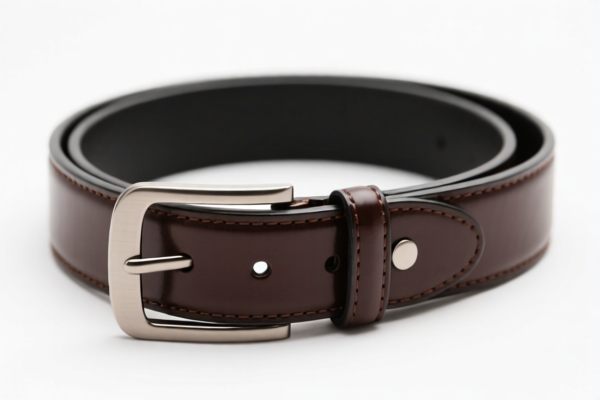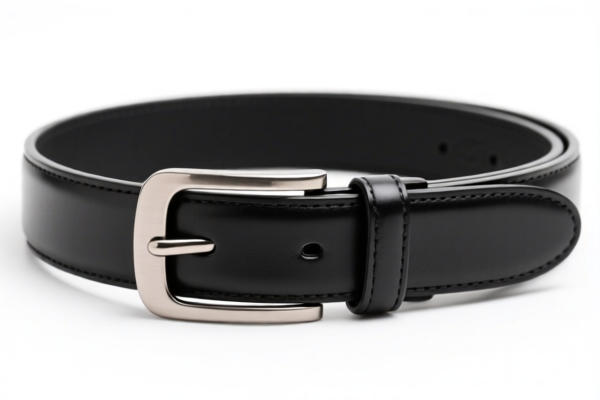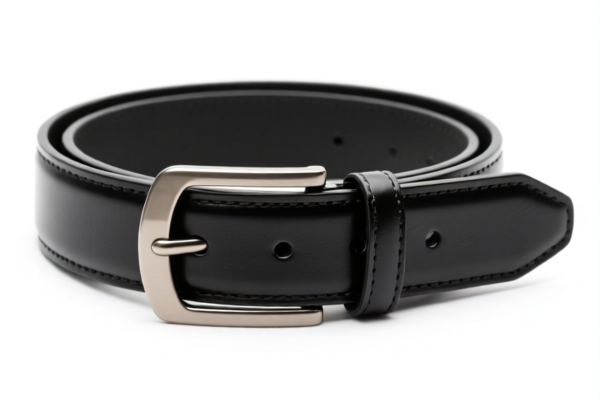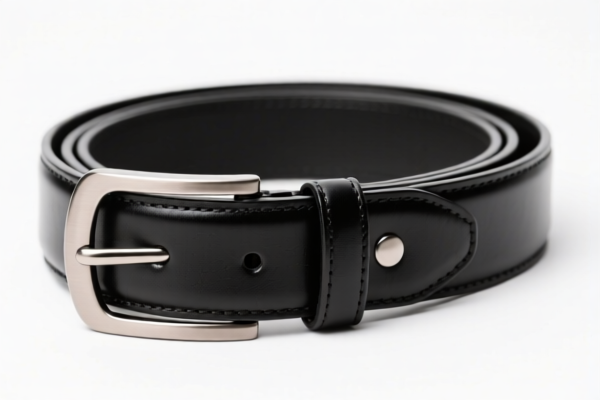| HS Code | Official Doc | Tariff Rate | Origin | Destination | Effective Date |
|---|---|---|---|---|---|
| 8308906000 | Doc | 58.9% | CN | US | 2025-05-12 |
| 8308909000 | Doc | 57.7% | CN | US | 2025-05-12 |
| 8301500000 | Doc | 40.6% | CN | US | 2025-05-12 |
| 7403210000 | Doc | 56.0% | CN | US | 2025-05-12 |
| 7419200010 | Doc | 55.0% | CN | US | 2025-05-12 |
| 7419805010 | Doc | 55.0% | CN | US | 2025-05-12 |




Brass Belt
A brass belt is a type of belt constructed primarily from brass, an alloy of copper and zinc. These belts have a history rooted in both functional and decorative applications, and continue to be produced today in various styles.
Material
The core material is brass, chosen for its durability, malleability, and distinctive golden color. The specific composition of the brass alloy (varying ratios of copper and zinc) can influence the belt’s color, strength, and corrosion resistance. Belts may be solid brass, or constructed with a brass outer layer over a different core material (like leather or steel) for increased flexibility or cost-effectiveness.
Purpose & Function
Historically, brass belts served several purposes:
- Support: In military contexts, particularly among bands and ceremonial units, brass belts provided structural support for uniforms, helping to maintain a crisp appearance and proper posture. They were often wider and more rigid than typical waist belts.
- Decoration: The polished surface of brass lends itself well to ornamentation. Belts were frequently engraved, embossed, or inlaid with designs, signifying rank, unit affiliation, or personal expression.
- Weaponry/Tool Holding: Some historical designs incorporated loops or attachments for carrying sidearms, tools, or other equipment.
- Fashion: Modern brass belts are primarily fashion accessories, adding a distinctive aesthetic to clothing.
Usage Scenarios
- Military Bands & Ceremonial Units: Traditional use for uniform support and appearance.
- Historical Reenactment: Used by reenactors to accurately portray historical uniforms.
- Fashion & Style: Worn as a statement accessory with casual, formal, or alternative clothing. Often paired with outfits seeking a vintage, steampunk, or industrial aesthetic.
- Costumes & Performance: Utilized in theatrical productions, cosplay, and other performance contexts.
Common Types
- Military Style Belts: Typically wider (2-4 inches), featuring a polished brass buckle and often with intricate detailing or unit insignia. May have a rigid construction.
- Fashion Belts: Available in a wide range of widths (1-3 inches) and designs, often with simpler buckles and focusing on aesthetic appeal.
- Steampunk Belts: Characterized by elaborate designs incorporating gears, rivets, and other mechanical elements. Frequently wider and more decorative.
- Embossed/Engraved Belts: Feature raised designs or carved patterns on the brass surface.
- Leather-Backed Brass Belts: Combine a leather belt base with a brass outer layer or decorative elements.
- Buckle-Focused Belts: Emphasize a large, ornate brass buckle as the primary design element.
Based on the provided information, a brass belt falls under articles of copper, specifically those incorporating base metal components and used for clothing accessories. Here's a breakdown of relevant HS codes:
- 8308906000: This HS code covers clasps, frames with clasps, buckles, buckle-clasps, hooks, eyes, eyelets and the like, of base metal, used for clothing or clothing accessories. Given that a belt utilizes a buckle or clasp, this is a potential classification. The total tax rate is 58.9% (3.9% base tariff + 25.0% additional tariff, increasing to 30% after April 2, 2025).
- 8308909000: This code also covers clasps, frames with clasps, buckles, buckle-clasps, hooks, eyes, eyelets and the like, of base metal, used for clothing or clothing accessories, but categorizes 'Other' types. The total tax rate is 57.7% (2.7% base tariff + 25.0% additional tariff, increasing to 30% after April 2, 2025).
- 7403210000: This HS code covers refined copper and copper alloys, unwrought, specifically copper-zinc base alloys (brass). If the belt is made from brass in an unwrought form (e.g., a strip or sheet before being formed into a belt), this code may apply. The total tax rate is 56.0% (1.0% base tariff + 25.0% additional tariff, increasing to 30% after April 2, 2025).
- 7419200010: This code covers other articles of copper, specifically cast, molded, stamped or forged brass plumbing goods, not elsewhere specified or included. If the belt is manufactured through casting, molding, stamping, or forging processes, this code could be relevant. The total tax rate is 55.0% (0.0% base tariff + 25.0% additional tariff, increasing to 30% after April 2, 2025).
- 7419805010: This code covers other articles of copper, specifically other brass plumbing goods not elsewhere specified or included. If the belt doesn't fall under the specifically defined plumbing goods category within 7419200010, this code may apply. The total tax rate is 55.0% (0.0% base tariff + 25.0% additional tariff, increasing to 30% after April 2, 2025).
It is important to determine the manufacturing process and the form of the brass used to accurately classify the belt. If the belt incorporates locks, 8301500000 (clasps and frames with clasps, incorporating locks) should also be considered, with a total tax rate of 40.6% (3.1% base tariff + 7.5% additional tariff, increasing to 30% after April 2, 2025).
Customer Reviews
No reviews yet.